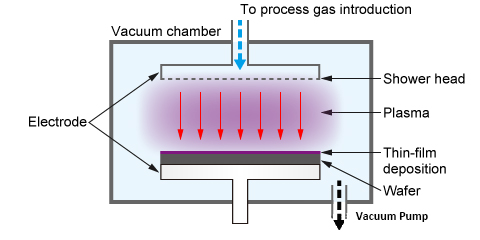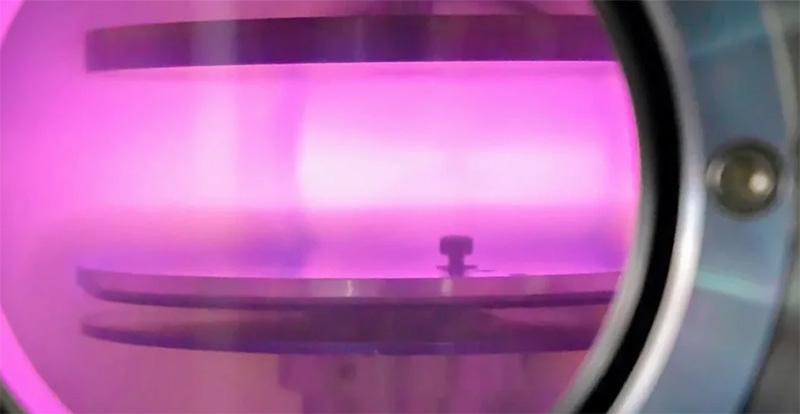
- English
- Español
- Português
- русский
- Français
- 日本語
- Deutsch
- tiếng Việt
- Italiano
- Nederlands
- ภาษาไทย
- Polski
- 한국어
- Svenska
- magyar
- Malay
- বাংলা ভাষার
- Dansk
- Suomi
- हिन्दी
- Pilipino
- Türkçe
- Gaeilge
- العربية
- Indonesia
- Norsk
- تمل
- český
- ελληνικά
- український
- Javanese
- فارسی
- தமிழ்
- తెలుగు
- नेपाली
- Burmese
- български
- ລາວ
- Latine
- Қазақша
- Euskal
- Azərbaycan
- Slovenský jazyk
- Македонски
- Lietuvos
- Eesti Keel
- Română
- Slovenski
- मराठी
- Srpski језик
What is Low Temperature Plasma Etching?
Plasma is the fourth state of matter, and it plays a crucial role in both industrial applications and natural phenomena. For example, plasma is present in lightning and is generated abundantly on the surface of the sun, where the core temperature reaches an astounding 13,500°C. This high-temperature plasma is not suitable for most industrial production processes.
On the other hand, low-temperature plasma is an artificially created form of plasma that utilizes energy, rather than heat, to accelerate chemical reactions. Its temperature typically ranges from room temperature to several hundred degrees Celsius, making it highly effective for various applications.

Steps to Generate Artificial Plasma:
1. Reduce the Pressure in the Chamber: Begin by using a vacuum pump to lower the pressure in the cavity. Achieving low pressure is essential for stabilizing the plasma and facilitating gas ionization.
2. Introduce Process Gas: Inject specific process gases into the cavity. These gases serve as the primary source of particles in the plasma.
3. Excite the Plasma: Apply power to ionize the gas, effectively forming plasma.
4. Deactivate the Plasma and Restore Atmospheric Pressure: Once the desired reactions are complete, turn off the plasma and return the chamber to atmospheric pressure.
Applications of Low-Temperature Plasma in Semiconductor Manufacturing:
Low-temperature plasma is indispensable in semiconductor manufacturing, serving critical functions in dry etching, physical vapor deposition (PVD), chemical vapor deposition (CVD), atomic layer deposition (ALD), ion implantation, ashing, and endpoint detection. Its versatility and efficiency make it a fundamental tool in the industry.

Semicorex offers high-quality solutions for plasma etching. If you have any inquiries or need additional details, please don't hesitate to get in touch with us.
Contact phone # +86-13567891907
Email: sales@semicorex.com




